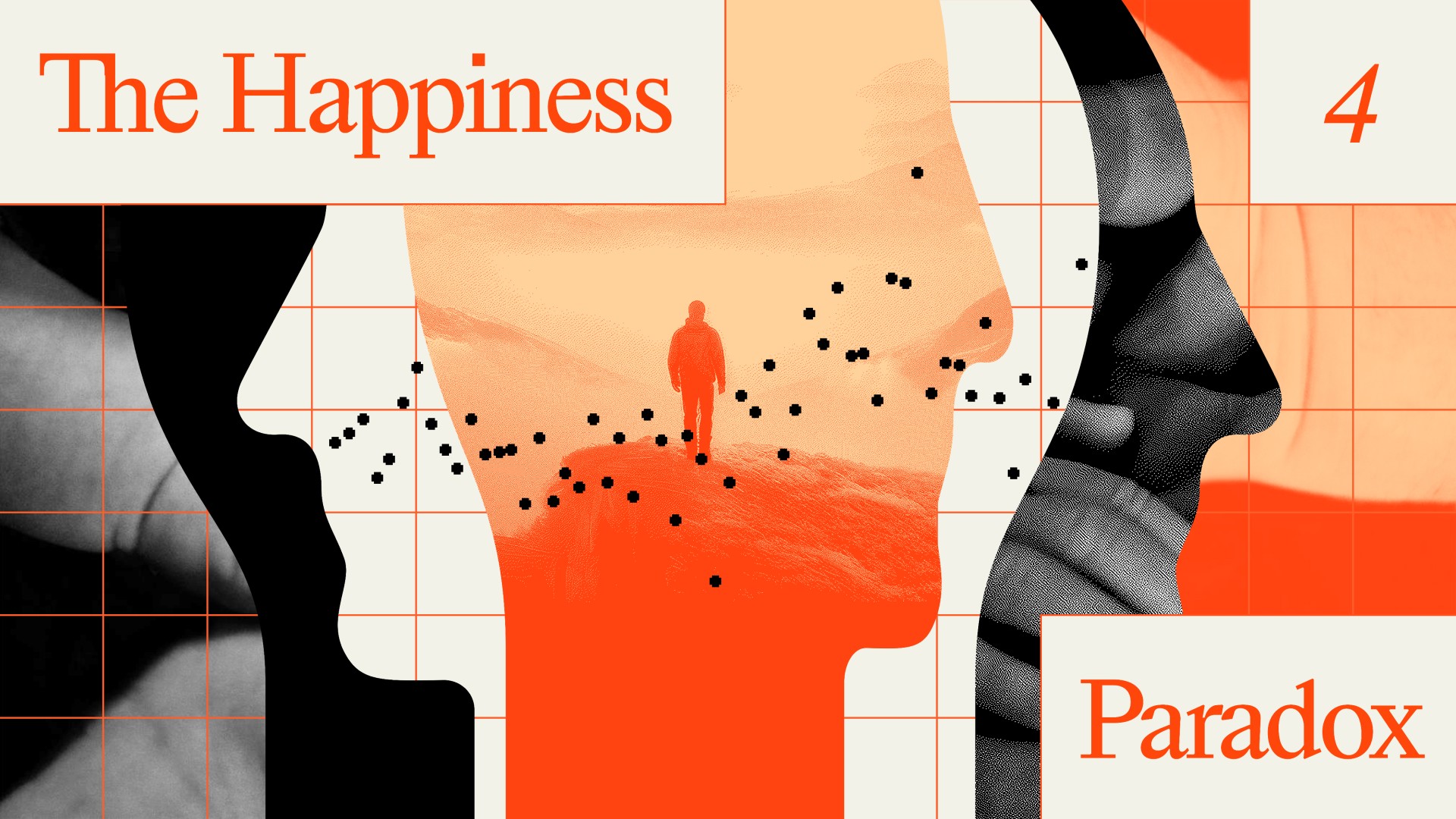Why are you an emotional eater? You learned it at home

Comfort food is a worldwide phenomenon. While there is no specific nutrient profile that determines what a comfort food is, it tends to be high in carbohydrates and sugar—there is a certain warmth to eating it. Cornbread, mac and cheese, casserole, grilled cheese, ice cream, but a few examples of American comfort foods. One common thread throughout these dishes is that we tend to relate them to childhood.
Such foods are emotional. We don’t need to eat them, but they soothe us. A new study from University College London shows that emotional eating is the result of environmental factors, not genetic ones, as was previously thought. You learn to eat that way at home.
For example, this list of Filipino comfort foods sounds delicious: purple yam ice cream, rice flour and coconut cream cake, oxtail stew with peanut butter, sweet bananas wrapped in lumpia, all foods I’d love to try but have never eaten. Growing up with plenty of grilled cheese sandwiches and mint chocolate chip ice cream, however, a certain nostalgia is achieved when eating them now. That’s what my mother stocked at home.
Which provides the basis of what this study of 398 British twins discovered. Half of the parents were selected due to their obesity, in order to better understand if there was a genetic link to emotional eating, or if it is entirely environmental. Dr Moritz Herle, who co-led the study, comments:
Experiencing stress and negative emotions can have a different effect on appetite for different people. Some crave their favourite snack, whereas others lose their desire to eat altogether when feeling stressed or sad. This study supports our previous findings suggesting that children’s emotional over- and under-eating are mostly influenced by environmental factors completely shared by twin pairs and that genes are largely unimportant for emotional overeating in childhood.
Though we tend to relate emotional eating to overeating, the reverse is also true. Emotional relationships to food can also cause us to undereat. Both of these are problems that begin at home, the researchers write, which is why this trend sets up children for eating disorders such as anorexia nervosa and binge eating later in life. Co-author Clare Llewellyn says that an answer is not readily apparent, however:
We actually don’t know a great deal about the physical and mental health consequences of emotional eating in childhood, because studies that track those children over many years haven’t been done.
Some of the signals that your child is emotional eating include the speed that they consume food, how soon they feel full, and eating for pleasure instead of hunger. Llewellyn notes that these trends begin at a young age, usually during pre-school, and can create lifelong behavioral patterns.
This isn’t the sole cause of eating disorders, states Beat, a UK-based eating disorder charity. They note that genes do play a role in obesity, which might make some people more susceptible to eating disorders. Blaming parents is not helpful, they continue:
It is important to remember that families often provide vital support for eating disorder sufferers. And this research should not prompt anyone to blame parents. Families need to be empowered to help their loved ones and given information about eating disorders and sources of support.
Just as emotional eating is localized in the home, the mindset is also regional. My immigrant grandparents lived through the Depression; it makes sense that they told me to “clean my plate,” even when I was no longer hungry. Living through a time of scarcity in their youth, their behavioral pattern toward food persisted.
This holds true in India as well, whereas in China cleaning your plate signals to the host that you’re still hungry. In communal eating regions, such as Ethiopia and northeastern Thailand, where everyone’s meal is set out in the middle and there are no plates, how much you eat is not a concern—although eating out of order sometimes is. America, king of all-you-can-eat buffets, makes overeating a sport.
There are myriad reasons for emotional eating, but as Beat says, education is paramount. Learning and teaching restraint—the Japanese practice an “80 percent full rule” called Hara Hachi Bu—is one useful practice. There will always be food that reminds us of home. That does not mean we have to indulge in them every time we’re feeling down.
Of course, just because you’re raised with certain behavioral patterns does not mean they’re your destiny. According to Psychology Today, five keys to stop emotional eating include applying mindfulness to your eating habits, deriving pleasure from means other than eating, learning how to tolerate difficult feelings, stop hating your body, and working with, instead of against, your physiology.
—
Stay in touch with Derek on Facebook and Twitter.





